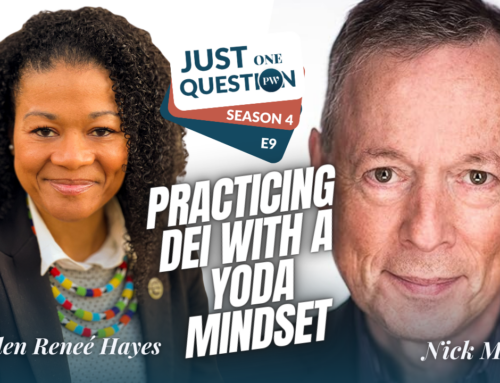I read What's Your Story? Storytelling to move markets, audiences, people, and brands by Ryan Mathews and Watts Wacker with high expectations. Wacker has been a futurist for a number of years, and his trendspotting is always interesting and illuminating. The book is most useful when it gives practical advice on how to tell stories that will resonate with other people, your public, your customers, or any other audience you have in mind.
The basic point is incontrovertible, that dull recitations of facts can't compete with a good story, whether it's to a friend, an audience, or a legion of customers. There's not much news here. But what can stories do for you and your company? Mathews and Wacker are strong on the how-to. I'll give a couple of examples.
Stories can explain origins. Did your vision begin with personal computers in a garage, nerdy and high-tech, or did you have an idea about saving money? Don't give us the facts, give us the story. Give us the essential Truth, in other words, not the details. If your origin was with Bill Gates or Steve Jobs, you'll get one kind of (high-tech) story; if it was with Sam Walton and saving money, you'll get another. Make sure your story is appropriate to the history you're relating. Wal-Mart actually leads the way in some areas of automation, pushing suppliers relentlessly to achieve maximum efficiency from supply chain wizardry, but you'd never know it when the company talks about Sam Walton's founding vision about small town America and saving pennies.
Stories can communicate complicated histories concisely. One of the beauties of a good story is that it can condense a lot of messy facts into a tidy, digestible story. And that's all most of us have time for nowadays. We don't want the legal brief, we want to get the emotional underpinnings and the gist of it. Mathews and Wacker used the example of Charmin and Mr. Whipple — all of the science, if that's the right word, of making toilet paper soft is summarized neatly and memorably in the silly story of Mr. Whipple trying to stop people (and himself) from squeezing the Charmin. Brilliant.
Stories can model behavior appropriately. Stories become great shorthand for telling us how to behave. Adam and Eve, the Buddha, the Tortoise and the Hare, Midas, Icarus – our culture is full of ancient stories that have the aspect of cautionary tales. Each of these stories lets us know the risks of behaving in certain ways and the opportunities inherent in certain situations. Companies can use stories in the same ways to show employees how to behave or even to educate customers.
Stories work well because they respect the way our minds deal with reality. We've learned from an early age that there are actors, actions, and results. If you push the glass over, the milk spills on the floor, and the parent rushes around to clean it up. That's a very simple story, and it's where we begin to make sense of the world. We get more sophisticated as time goes on, but it's the same thought process.
We are all storytellers; it's how we make sense of the world. Effective communication means taking advantage of the power of storytelling to make connections with people, with audiences, and with the public.








Leave A Comment